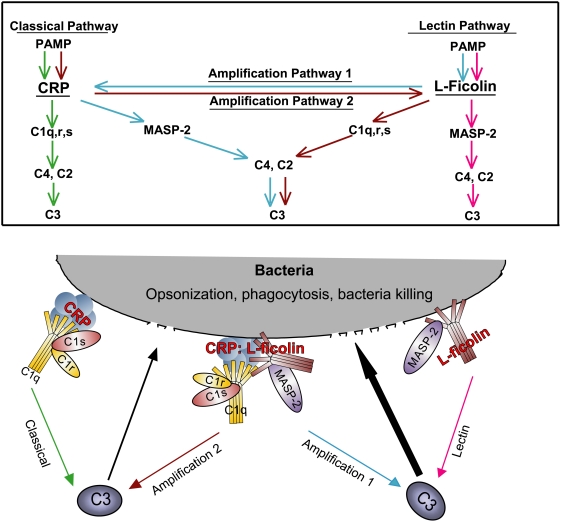Figure 7. A model to illustrate the mechanism of enhanced antimicrobial activity of the serum in infection-inflammation condition.
The upper panel illustrates the relationship between molecules involved in the classical pathway (green arrow), lectin pathway (red arrow), amplification pathway 1 (blue arrow), and 2 (brown arrow). In the lower panel, CRP and L-ficolin recruited to the bacterial surface by serum factors activate the classical and lectin complement pathways by interacting with C1 and MASP-2, which individually leads to the downstream events such as C4-cleavage and C3-deposition. The infection-inflammation condition triggers the CRP∶ficolin interaction, through which two autonomous amplification pathways emerge to boost antimicrobial activity of the classical (black upward arrow) and lectin-mediated (bold black upward arrow) complement pathways: (1) Amplification pathway 1 (blue arrow): PC→CRP→L-ficolin→MASPs→C4→C3→MAC; (2) Amplification pathway 2 (brown arrow): GlcNAc→L-ficolin→CRP→C1q,r,s→C4→C3→MAC.

